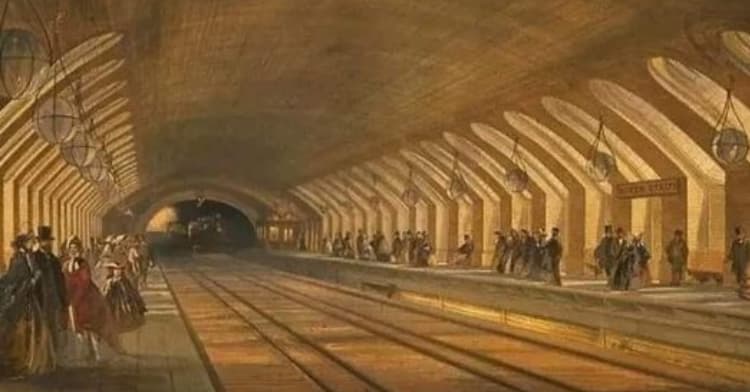Mercery Lane in Canterbury is a delightful cobblestone street that has retained its medieval width, offering visitors a glimpse into the city’s rich history. Named after the merchants who once traded textiles and other goods along its route during the Middle Ages, Mercery Lane remains one of Canterbury’s most picturesque and photogenic spots.
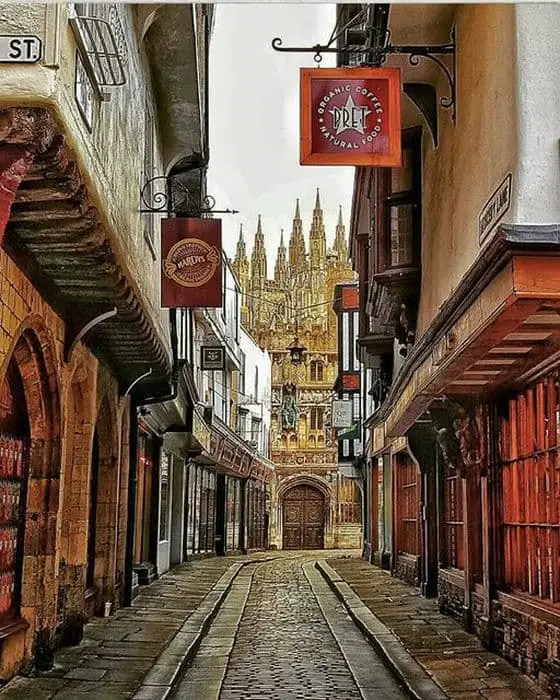
The architecture of Mercery Lane reflects its medieval origins, with timber-framed buildings adorned with colorful shopfronts and unique facades. Some of these buildings are Grade II listed, highlighting their historical significance and the importance of preserving them for future generations.
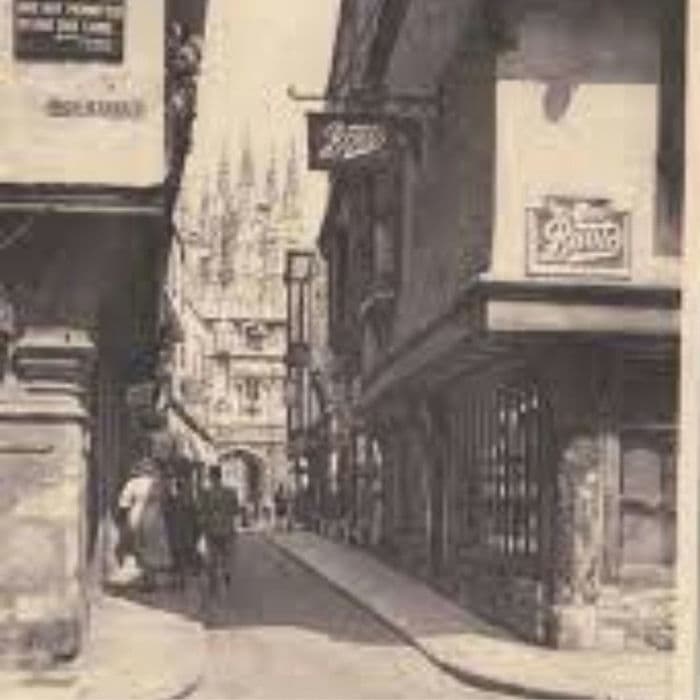
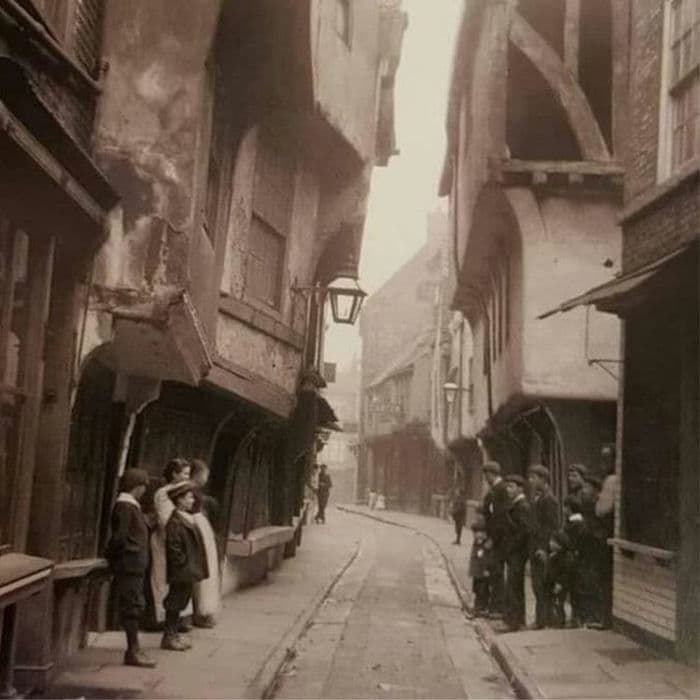
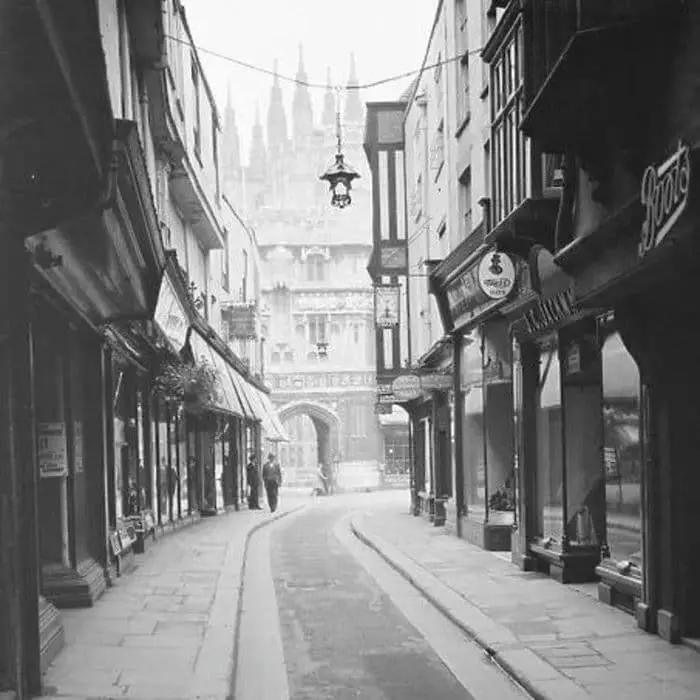
This charming lane connects the bustling High Street to the Christ Church Gateway of Canterbury Cathedral, passing through the quaint Buttermarket along the way. Like The Shambles in York, Mercery Lane maintains its medieval width, with buildings on either side almost touching each other, evoking a sense of history and nostalgia.
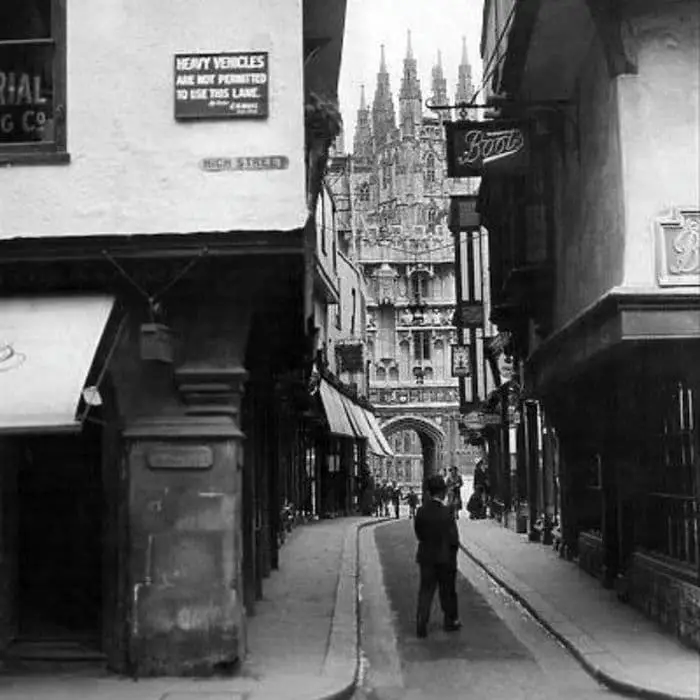
Historically, Mercery Lane was lined with stalls selling healing water from Becket’s Well, reflecting Canterbury’s role as a pilgrimage center. Today, visitors can explore a variety of shops offering antiques, handcrafted goods, souvenirs, and local artworks, each item contributing to Canterbury’s cultural tapestry.
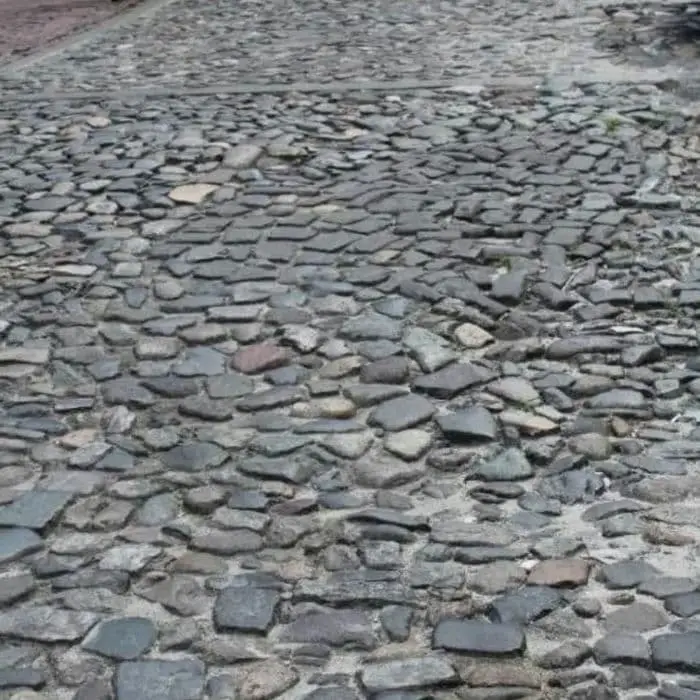
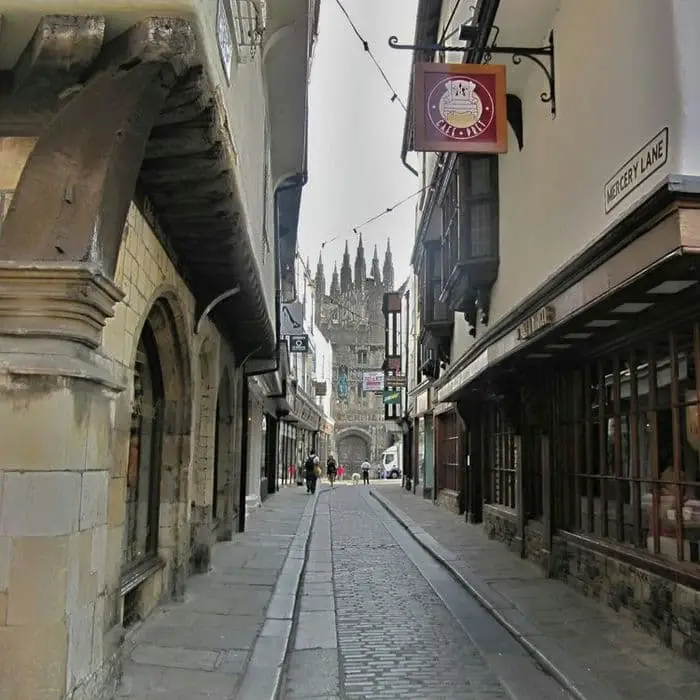
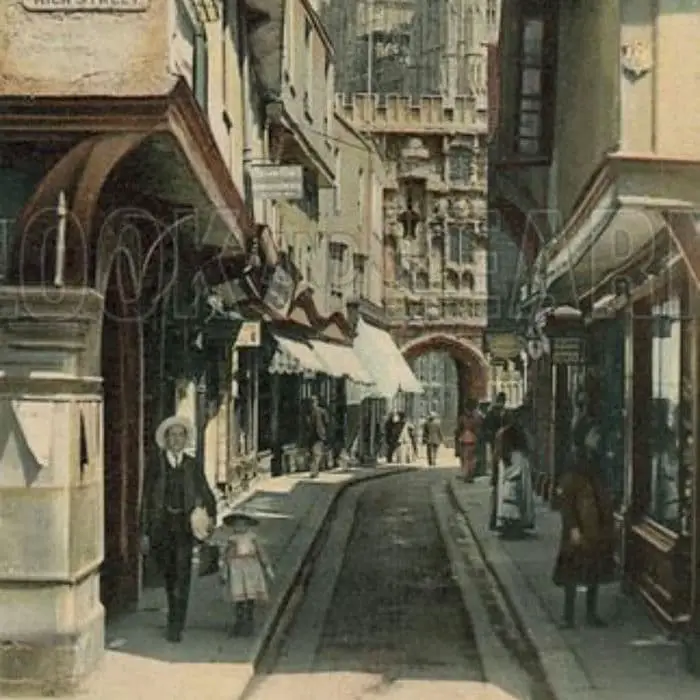
The narrow streets of medieval England, including Mercery Lane, were not intentionally designed to be narrow but evolved over time due to various factors. These factors included organic growth, defense considerations, resource limitations, property ownership patterns, climate comfort, and the needs of trade and commerce.
Despite their narrowness, these medieval streets are cherished for their historical significance and unique atmosphere. They offer visitors a glimpse into the past, preserving the charm and character of old towns and cities like Canterbury.

